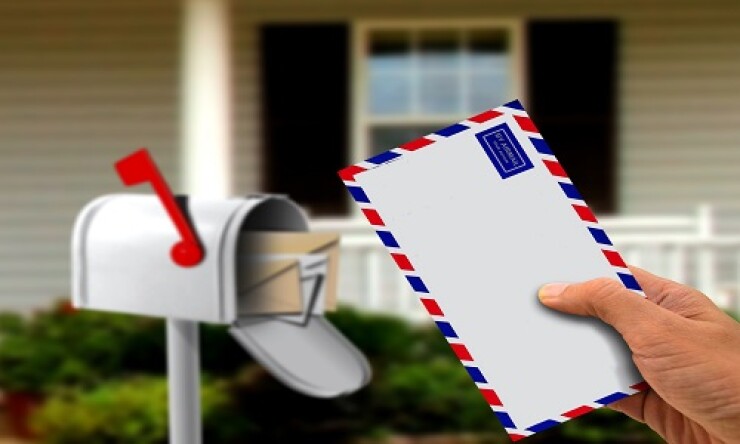As an advisor, I’m constantly bombarded with ads and LinkedIn messages promising that if I only run the right sequence of ads, webinars, and email strategies (and spend tens of thousands of dollars) I can flood my calendar with qualified leads. If you have any sort of social media presence, you’ve no doubt experienced the same thing.
Don’t get me wrong, I like technology as much as the next person — maybe more — and I think that advertising can be an important part of growth, but it’s not the first thing that I’d suggest to advisors if they want to invest in growing a practice. Digital advertising can be complicated, time-consuming, and expensive.
If you work inside an established practice, you’re likely sitting on an untapped resource — your existing clients.
We’ve all seen the studies that suggest that most practices list client referrals as their primary means of new client acquisition, and there is research that indicates that more clients would make referrals if they were asked. The problem is many advisors are uncomfortable asking. The good news is, you don’t have to ask.

Last year I learned about the concept of orchestrating referrals from a brilliant marketer named Dean Jackson. Dean explained that referrals only occur in conversation, and the primary reason people refer is to “raise their status in the herd.” Our job is to make sure that when people are in a conversation about money that they think about us and introduce us into the conversation.
There are probably many ways to accomplish orchestrating referrals, but I’ll share my recent, personal experiment and results with you.
We decided to create a postcard campaign to remind our clients of different ways we can help them. Each month for the last four months, we’ve developed and mailed out a themed postcard to 300 clients. The postcards, which cost about $1 each, feature a beautiful image on one side and a simple message on the other, an offer to send them a helpful guide to share with a friend.
I know it seems bland, but the results aren’t boring at all.
Over the last four months, we’ve spent $1200 on postcards that we mail to our existing clients through the U.S. Postal Service. No ads, no prospecting, no pressure, just offering free guides to our clients if they’re ever in a conversation with someone who needs a financial advisor.
In January, our postcard topic was about money and relationships. We offered a guide for dealing with divorce (January is a busy time of year in the family law business). Roughly 10% of the people we mailed the postcards responded by calling or emailing, even if only to ask, “Do you know something I don’t?” That’s 30 inbound conversations that my team and I were able to have with clients, during which we reminded them that if they spoke to anyone dealing with relationship issues we’d be glad to send them our free guide.
With clients showing signs of anxiety during the pandemic, Kimberly Foss writes, now is the time to remind them why they came to us in the first place.

In February, our postcard was about taxes and we offered a tax guide. Within a week of the postcard hitting client mailboxes, I got two calls from clients. One had just received a statement on an account he handled for his mom, and the other wanted to move money from another firm. Between the two, it’s over $1,200,000 in new managed assets.
We’ll generate more than $10,000 in revenue on $1,200 in printing and postage and $0 going toward digital advertising. We didn’t even need an internet connection (other than to receive the responses).
I share this story to remind you that you don’t have to be fancy, but you do have to be intentional. It’s essential to understand why people refer and give them an easy way to help you, by encouraging them to help others.





